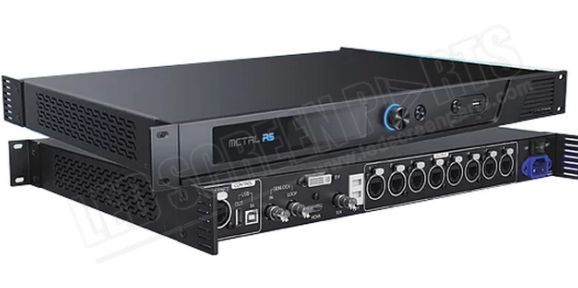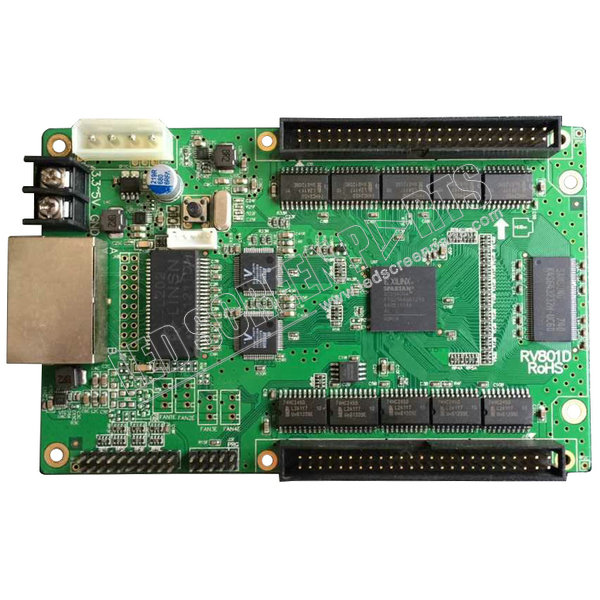
What Is The Impact Of LED Display In High Level Temperature Working State
LED displays have great development prospects due to their advantages of energy saving, environmental protection and long life.
After years of development, China’s LED display market has matured. It is reported that LED Card China display market share accounts for about 80% of the world’s, the market is very large, the world’s major LED display manufacturers are also concentrated in China, especially in the eastern coastal regions.

In the past, China’s LED display market followed foreign countries. Due to immature technology, backward production capacity and insufficient innovation capacity, many products were imitated, resulting in products that were not very competitive. In recent years, the country has strongly supported the development of high-tech industries, especially the emerging industries of strategic significance, with greater support. The LED industry is one of the beneficiaries. With the strong support of the national and local governments, LED China display industry is booming, and many internationally renowned LED display companies have emerged, of which Shenzhen Leading Technology Industrial Co., Ltd. is one of them.
In today’s increasingly wide application of LED display screens, in order to maximize the use of display screens, application companies should have the basic common sense of LED display screen maintenance. Whether it is an indoor LED display or an outdoor LED display shop, heat is generated during operation, and the heat generated will cause the temperature of the LED display to rise. But what effect does the display have under high temperature working conditions, do you know? Let ’s analyze it with you.
In general, indoor LED displays generate less heat due to low brightness and can dissipate heat naturally; however, outdoor LED displays generate high heat due to high brightness and require heat dissipation through air conditioning or axial fans. Since the LED display is an electronic product, an increase in temperature will affect the light decay of the LED display lamp beads, affect the operating efficiency of the drive IC, and the service life of the LED display.
First, the operating temperature of the LED display exceeds the chip’s bearing temperature, which will quickly reduce the luminous efficiency of the LED display, produce obvious light decay and cause damage; LED displays are mostly packaged with transparent epoxy resin. Phase transition temperature (usually 125 ° C), the packaging material will transition to a rubbery shape and the thermal expansion coefficient will rise sharply, which will cause the LED display to open and fail.
Second, excessive temperature will affect the light attenuation of the LED display. The life of a led display is represented by its light decay, which means that as time goes on, the brightness becomes lower and lower until it finally goes out. Generally, the time for the luminous flux of the LED display screen to decay by 30 is defined as its lifetime. High temperature is the main cause of light decay of the LED display and shortening the life of the LED display. Different brands of LED display have different light decay, usually led display manufacturers will give a set of standard light decay curve. The luminous flux attenuation of the LED display caused by high temperature is irrecoverable. The luminous flux before the LED display does not undergo unrecoverable light attenuation is called the “initial luminous flux” of the LED display.
Third, the temperature rise will reduce the luminous efficiency of the LED display. As the temperature increases, the concentration of electrons and holes will increase, the forbidden band width will decrease, and the electron mobility will decrease; as the temperature increases, the probability of radiative recombination of electron and holes in the potential well decreases, resulting in non-radiative recombination (producing Heat), thereby reducing the internal quantum efficiency of the LED display; the increase in temperature causes the blue light peak of the chip to shift to the long wave direction, which causes the chip’s emission wavelength and the excitation wavelength of the phosphor to not match, and also causes external light to the white LED display The extraction efficiency decreases; as the temperature rises, the quantum efficiency of the phosphor decreases, the light output decreases, and the external light extraction efficiency of the LED display decreases; the performance of the silica gel is greatly affected by the ambient temperature. As the temperature increases, the thermal stress inside the silica gel increases, resulting in a decrease in the refractive index of the silica gel, which affects the light efficiency of the LED display.

Fourth, the effect of temperature on the LED display wavelength (light color). The luminous wavelength of a led display can be generally divided into a peak wavelength and a dominant wavelength. The peak wavelength is the wavelength with the highest light intensity, and the dominant wavelength can be determined by the X and Y chromaticity coordinates, reflecting the color perceived by the human eye. Obviously, the repair of the light emitting wavelength of the LED display caused by the junction temperature will directly cause the human eyes to have different feelings on the light emitting color of the LED display. For a LED display device, the forbidden band width of the light-emitting area material directly determines the wavelength or color of the device’s light. As the temperature increases, the forbidden band width of the material will decrease, causing the device’s light emission wavelength to become longer and the color to shift red.
V. Excessive temperature will limit the maximum injection current of the LED display. When choosing an LED display, you should pay attention to choosing the LED display chip brand, package manufacturer, driver IC brand, and switching power supply brand. The quality of the brand will affect the product quality of the LED display, and the brand is high. The product itself has less heat and can better control the temperature of the LED display, thereby extending the life of the LED display.
LED displays have great development prospects due to their advantages of energy saving, environmental protection and long life. LED display is relatively sensitive to temperature: it will affect LED display life, light efficiency, color, etc. So the right temperature is crucial for LED displays.
